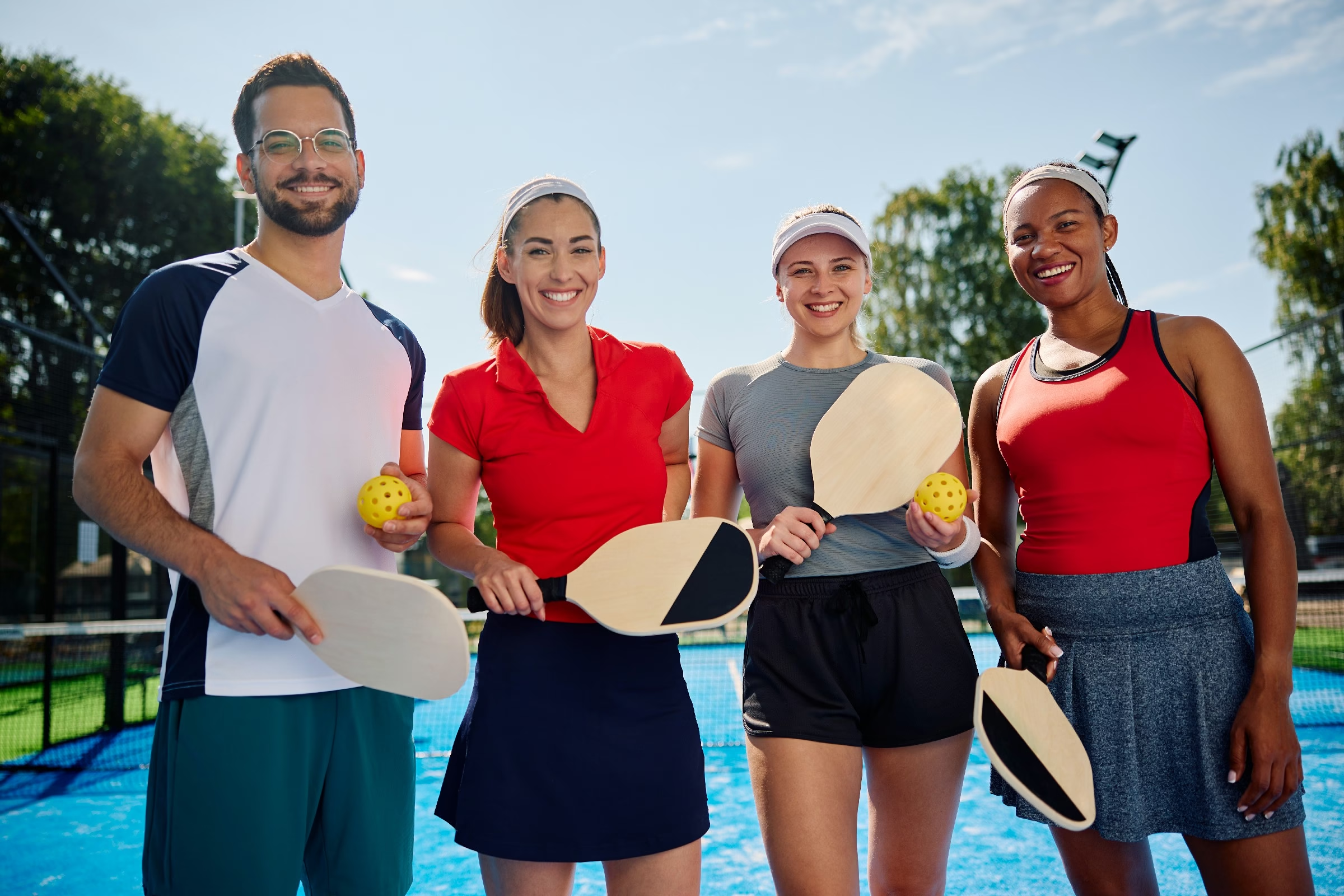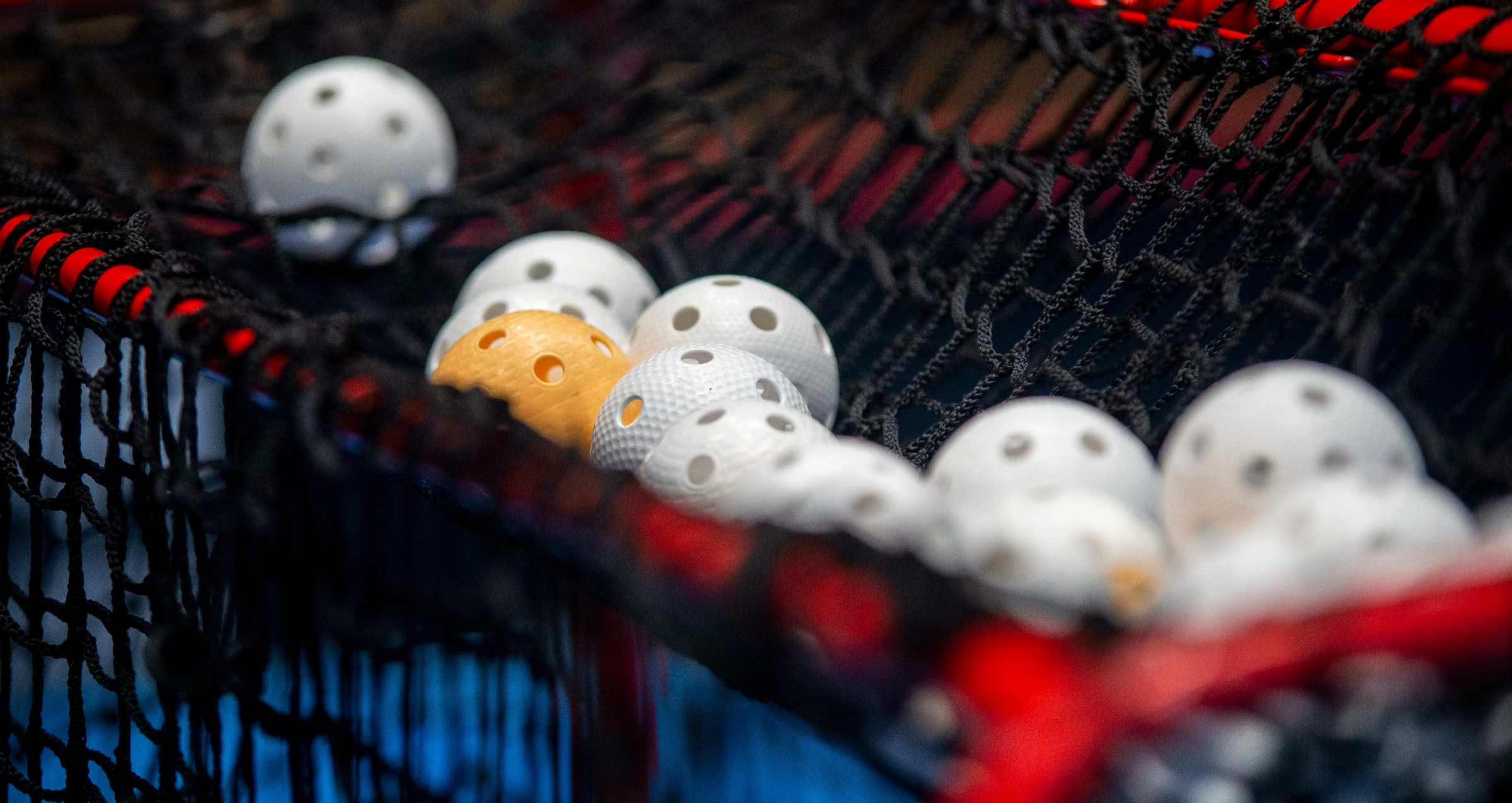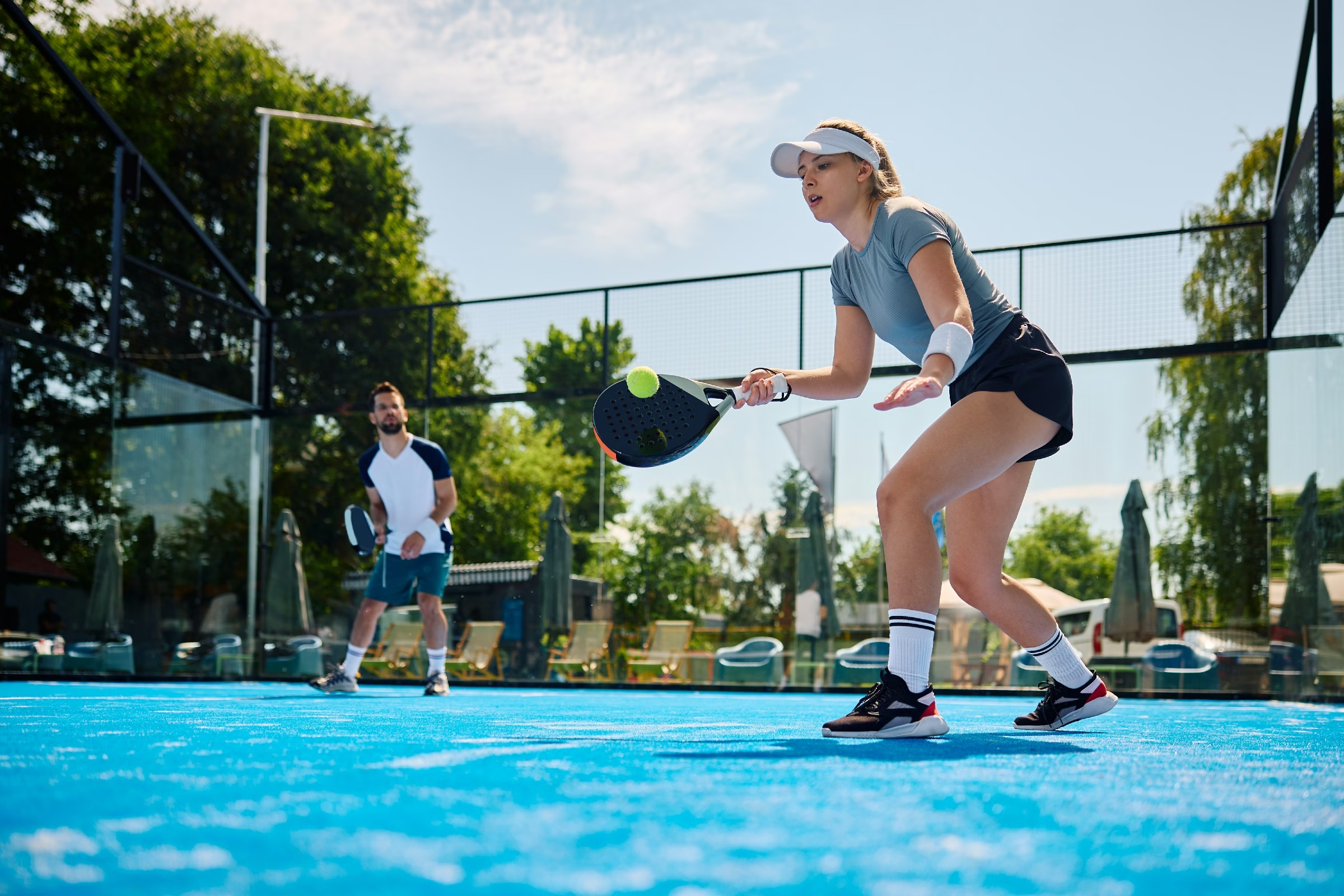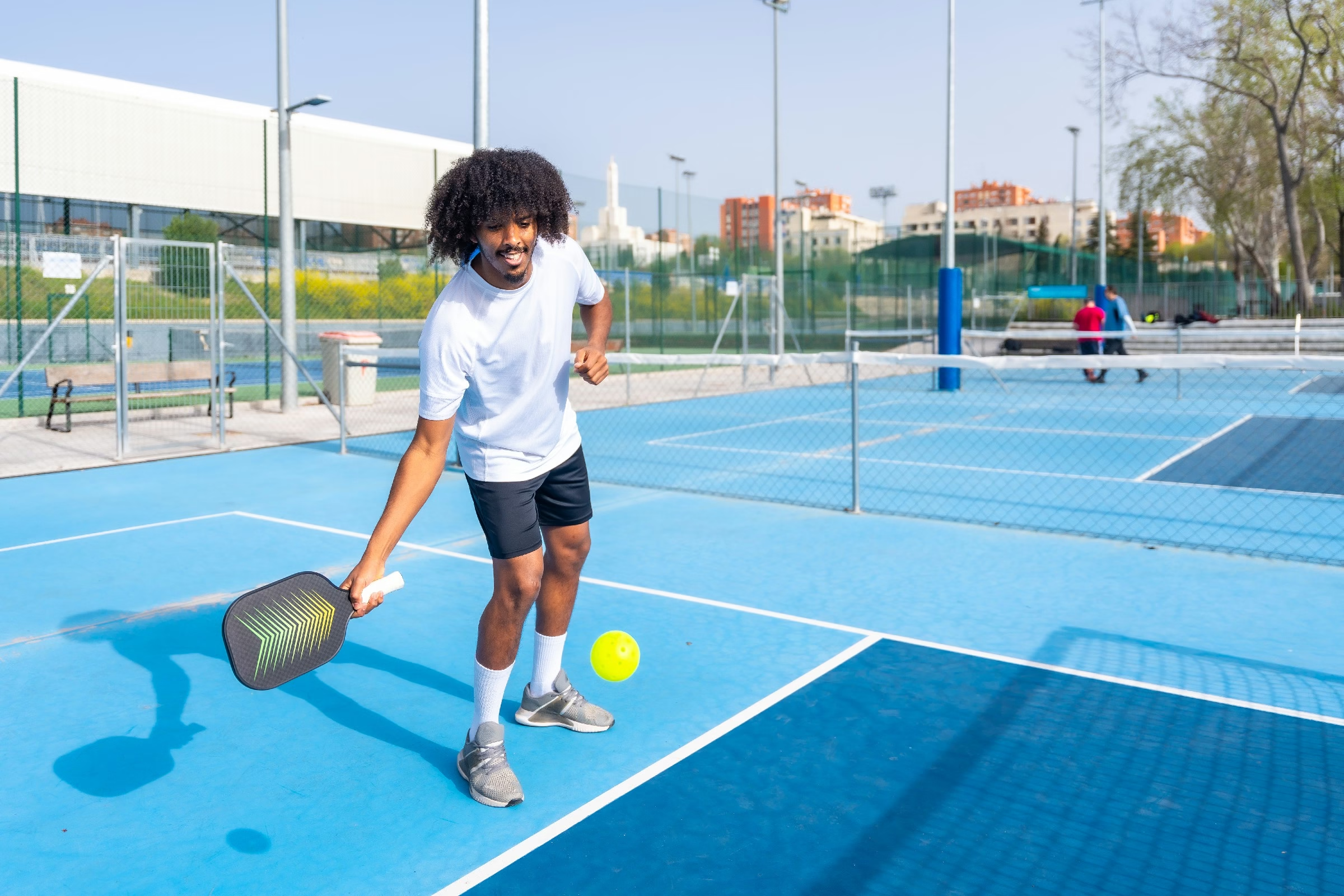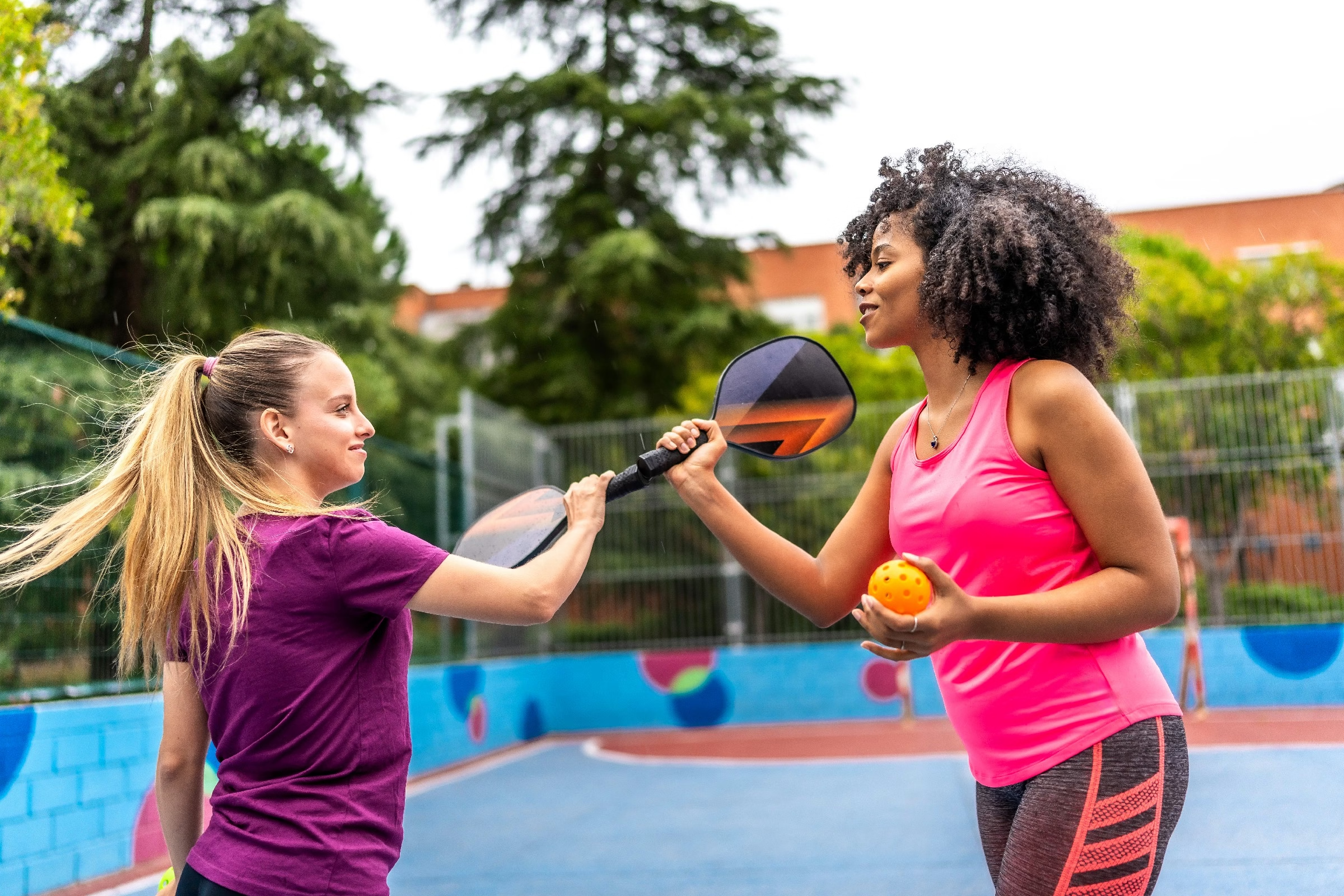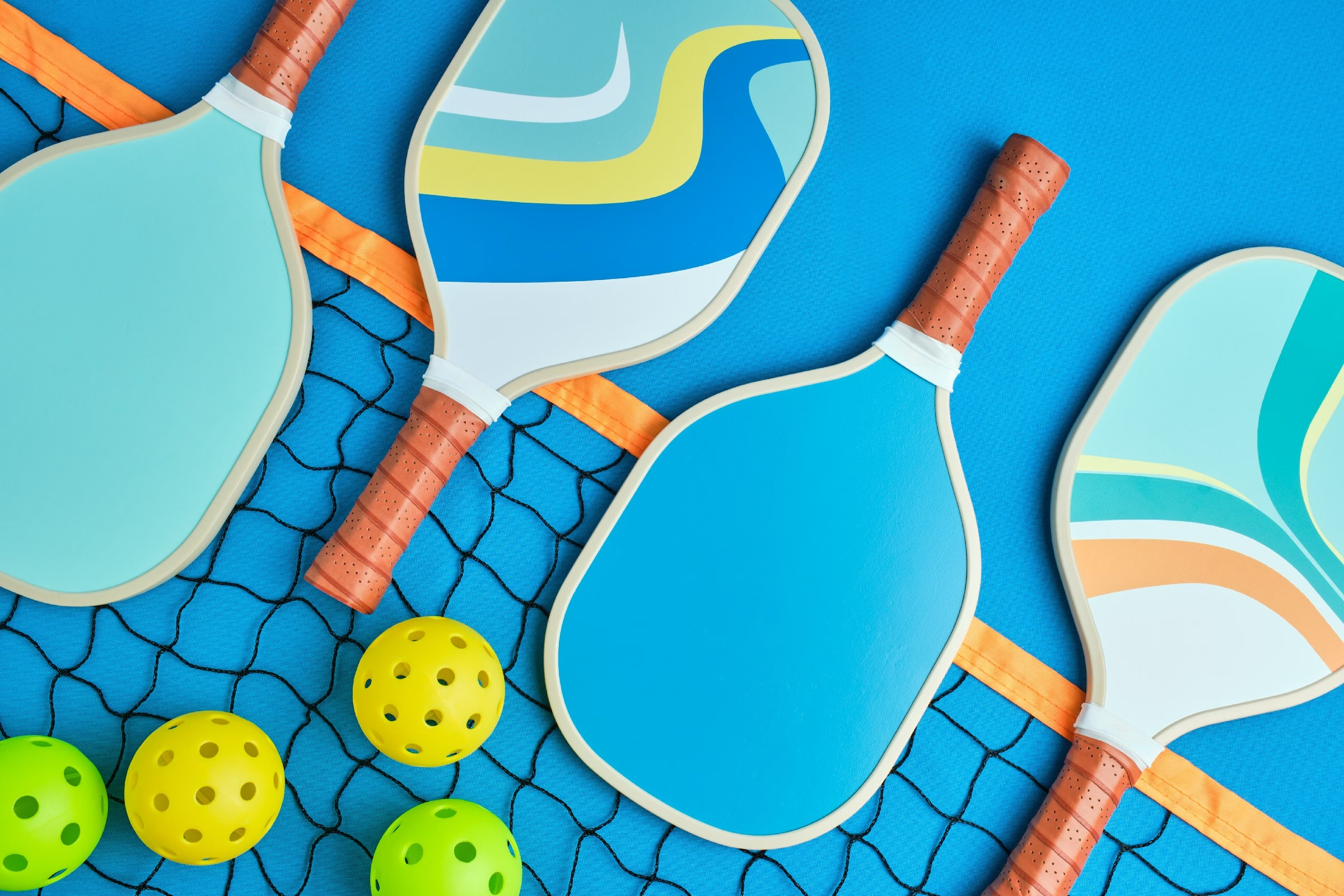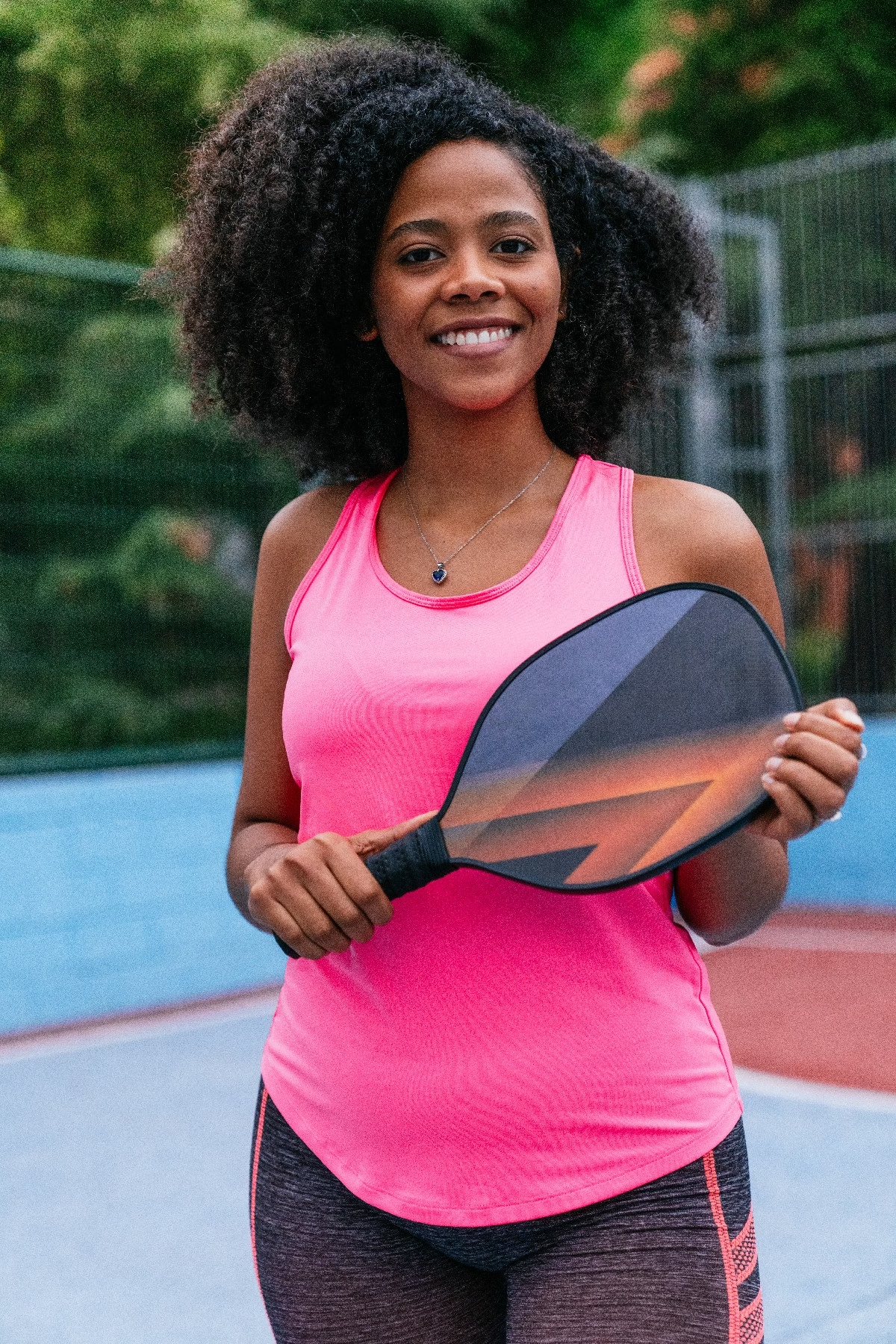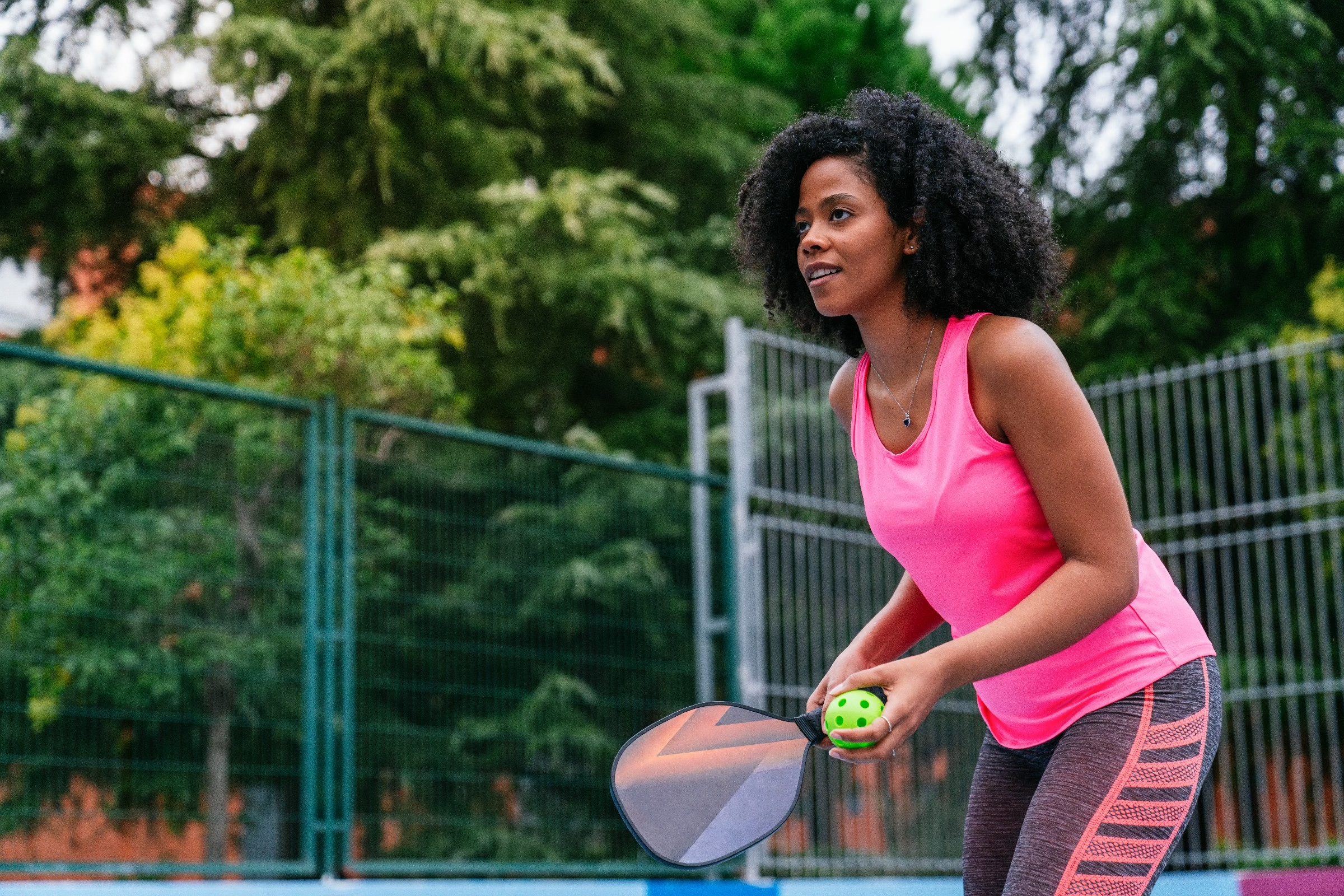Blog
what are three rules of a legal serve in pickleball

In the fast-paced world of pickleball, where agility meets strategy, understanding the nuances of the game is essential for players at all levels. Among the foundational elements that influence the flow of play is the legal serve—a critical skill that sets the stage for every match. While the thrill of smashing the ball and outmaneuvering opponents may steal the spotlight, mastering the rules of serving is equally vital for success on the court. In this article,we will explore three essential rules of a legal serve in pickleball,unraveling the guidelines that ensure fair play while enhancing your gameplay. Whether you are a seasoned player or new to the sport, grasping these fundamentals will elevate your pickleball experience, paving the way for competitive and enjoyable matches.join us as we delve into the key principles that govern this exciting aspect of the game.
Table of Contents
- Understanding the Fundamentals of a Legal Serve in Pickleball
- Mastering the serve: Key Components to Ensure Legal Compliance
- Positioning Yourself for Success: The Importance of Foot Placement
- Grip and Technique: How to Achieve a Consistent and Legal Serve
- Timing Your Serve: the Crucial Moment for a Perfect Execution
- Common Mistakes to Avoid: Ensuring your Serve Meets the Rules
- Q&A
- In Summary
Understanding the Fundamentals of a Legal Serve in Pickleball
When engaging in a game of pickleball,mastering the serve is essential,as it sets the tone for every rally. For a serve to be considered legal, it must adhere to specific criteria that contribute to the fairness and fluidity of the game. Understanding these regulations will ensure you not only comply wiht the rules but also enhance your overall strategy on the court.
One key rule of a legal serve is the positioning of the server’s feet. The server must ensure that at least one foot remains behind the baseline during the serve initiation. This positioning guarantees that the serve is delivered from within the designated serving area, which is crucial for maintaining the integrity of the game. It’s significant to note that if both feet step on or over the baseline before the ball is struck,the serve will be deemed a fault.
Another critical aspect of a legal serve is the manner in which the ball is struck. The ball must be hit underhand, with the paddle making contact below the server’s waist level. This rule ensures that the serve is executed with a level of control, preventing overly aggressive plays right from the start.Additionally, when serving, the ball must be tossed at least 6 inches up and struck cleanly; if it bounces before it is hit, the serve will again be considered a fault.
Mastering the Serve: Key Components to Ensure Legal Compliance
to serve legally in pickleball, one must first ensure that the serve is executed from behind the baseline. This rule helps to create a fair playing field by guaranteeing that players start from a standardized point on the court. Players are required to stand behind the imaginary extension of the sidelines and the centerline,ensuring their position is clear and compliant before making a move. Adhering to this guideline fosters uniformity in play, as it allows opponents to anticipate the action more effectively, making it a foundational aspect of the game.
Another vital component of a legal serve is the method of hitting the ball. The server must strike the ball below the waist when initiating the serve. This means that the paddle must contact the ball at or below the navel. Failing to follow this rule results in an illegal serve, which can lead to frustration and disruption in the flow of the game. By keeping the serve consistent and within the specified range, players not only demonstrate skill but also respect for the sport’s regulations.
the serving stance and motion must be executed with one continuous fluid motion. The server is required to toss or drop the ball at least once before making contact with it, and the paddle must swing in an upward motion to strike the ball. This creates a dynamic and engaging serve, providing players with the chance to showcase their technique. A breakdown of the components can be found in the table below:
| Component | Description |
|---|---|
| Position | Behind the baseline |
| Strike Point | Below the waist |
| Serve Motion | Continuous and upward swing |
Positioning Yourself for Success: The Importance of Foot Placement
In pickleball, the proper foot placement during a serve is crucial for both legality and effectiveness.Ensuring your feet are positioned correctly allows you to create balance and generate power in your serve. When preparing to serve, aim to stand behind the baseline with your feet shoulder-width apart to provide a stable base. This position aids in maintaining your center of gravity while allowing for a full range of motion as your arm swings forward.
There are several key factors to consider regarding foot placement. Firstly, ensure that at least one foot remains behind the baseline until the ball is struck. This rule not only keeps your serve legal but also encourages you to step into the shot, promoting better accuracy and control. Secondly, consider your stance; a staggered stance can frequently enough deliver more power. your toes should be pointed in the direction you plan to serve, as this alignment helps with both the serve’s trajectory and your follow-through.
Foot placement during a serve can influence the overall strategy of the game. The following table summarizes how different foot positions can effect your gameplay:
| Foot Position | Impact on Serve | Recommended for |
|---|---|---|
| Both Feet Behind Base | Legal serve, solid balance | Consistent players |
| staggered Stance | Increased power | Aggressive servers |
| Toes Pointing Forward | Improved accuracy | Strategic players |
Grip and Technique: How to Achieve a Consistent and Legal Serve
Achieving a consistent and legal serve in pickleball begins with the right grip on the paddle. it is essential to hold the paddle in a way that provides comfort and control while allowing for optimal swing mechanics. The most common grip is the Eastern grip, where the base knuckle of your index finger rests on the third bevel of the paddle handle. This grip promotes a natural feel, enabling players to generate both power and spin.Experimenting with different grips, such as the Continental Grip, can also enhance versatility, making it easier to adapt to various shot types as the game requires.
Proper technique during the serve will contribute significantly to it’s legality and effectiveness. A key aspect of serving is maintaining the contact point below the waist. To achieve this, position yourself so that when you swing the paddle, it is indeed at or below your hips, ensuring the ball is struck cleanly and legally. Additionally, your stance should be balanced and ready, with feet shoulder-width apart. This positioning allows for a stronger foundation, leading to more powerful serves and improved consistency over time.
it’s essential to remember the importance of serving underhand for a legal serve, in particular for recreational play. The ball must be hit in an upward motion and released from the non-dominant hand with a simple toss. To visualize this, consider the following quick reference table:
| Key Elements of a Legal Serve | Description |
|---|---|
| Contact Point | Must be below the waist for legality. |
| Paddle Swing | Must strike the ball with an upward motion. |
| Ball Toss | Released from the non-dominant hand before hitting. |
By paying attention to grip, technique, and the mechanics of a legal serve, you can not only ensure that your serves meet the regulations of the game but also significantly enhance your overall play. A consistent serve positions you for success and opens opportunities for more strategic gameplay!
Timing Your serve: The crucial Moment for a Perfect Execution
Executing a serve in pickleball is an art form that requires precision and timing. The moment the ball leaves your hand is crucial, and understanding the mechanics behind this action can elevate your game. To ensure your serve meets legal standards, focus on the following key aspects that define the perfect serve. Each serves as a reminder of the foundational skills needed to execute your serve flawlessly.
- Contact Point: The ball must be struck below your waist level to maintain legality. This involves positioning your paddle accordingly to ensure the sweet spot of the racket contacts the ball at the appropriate height.
- Underhand Serve: A legal serve in pickleball is an underhand shot. This adds an element of strategy, as players frequently enough incorporate various spins and angles to throw off their opponents.
- Feet Position: When serving, at least one foot must remain behind the baseline. This rule not only ensures your serve is legal but also encourages players to establish a solid foundation before striking the ball.
Focusing on these elements not only enhances the legality of your serve but also builds up the confidence needed during gameplay. Emphasizing timing in coordination with the above rules creates a synergy that can make your serve not just legal, but also effective. Remember, achieving the perfect serve is not merely about adhering to the rules but also about mastering them to gain an edge over your competition.
Common Mistakes to Avoid: Ensuring Your serve Meets the Rules
When serving in pickleball,manny players unknowingly commit mistakes that could lead to an illegal serve. One common issue is failing to keep both feet behind the baseline before making contact with the ball. This means that if a player’s foot crosses the line even slightly before the ball is struck, the serve becomes a fault. Ensuring that your feet remain behind the line not only upholds the rules but also gives you a moment to gather your balance for a better serve.
Another frequent error is serving the ball into the wrong service area.Players ofen misjudge the placement of their serves, either sending them into the non-volley zone or out of bounds. To avoid this, it’s crucial to practice your aim and develop a consistent serving technique.Remember, the ball must land diagonally cross-court in the opponent’s service area; hitting it directly towards the server’s own court will not count.
Additionally, the paddle must strike the ball below the waistline when executing the serve.Many players mistakenly serve overhand or above their hips, which is against the serving rules. To ensure compliance, try to keep your paddle contact point aligned with your waist. This lower strike not only maintains legality but can also lead to a more controlled and strategic serve. Adopting these practices will significantly enhance your chances of a accomplished and legal serve.
Q&A
Q&A: Understanding the Three Rules of a Legal Serve in Pickleball
Q1: What is a legal serve in pickleball?
A1: In pickleball, a legal serve is the initial strike that starts off the rally. It must adhere to specific guidelines to ensure fair play. Think of it as the appetizer before the main course — essential for setting the tone of the game!
Q2: What’s the first rule I need to know about a legal serve?
A2: The first rule is all about height! The ball must be struck below the waist. When serving, your paddle must make contact with the ball when it is below your navel. This keeps the serve from being too powerful and encourages strategic play. A low serve can be tricky to return and adds an element of skill to the game.
Q3: Is there a specific way I have to position my feet during a serve?
A3: Absolutely! This brings us to the second rule: your feet must remain behind the baseline during the serve. Both your feet should stay outside of the imaginary line at the back of the court until you strike the ball.This is crucial; stepping over the line could mean a fault and you might lose your chance to serve!
Q4: What about where the ball lands? Can I serve anywhere?
A4: Great question! Here comes the third rule. The serve must clear the net and land in the diagonal court beyond the non-volley zone. It’s like aiming for the bullseye in archery — precision is key! The server must aim for the opposite side of the court,ensuring that the ball lands inside the boundaries without touching the non-volley zone. Hitting your target consistently can make a huge difference in your game strategy!
Q5: What happens if I violate one of these rules?
A5: If you don’t follow these rules, it’s considered a ‘fault’.The opposing team gets the serve, and your chance to point is lost. It’s important to practice so these requirements become second nature, allowing you to focus on gameplay rather than rules!
Q6: Can you give me tips on mastering the serve?
A6: Of course! Start by practicing your serve with a focus on height and accuracy. Use markers on the court to guide where you aim to hit. Additionally, staying relaxed and confident will help you control your serve better. Like any art form, the more you practice, the better you’ll become!
Q7: How do these serve rules impact the game overall?
A7: These serve rules add a layer of strategy to pickleball. Thay encourage players to think critically about placement, control, and the element of surprise. A well-executed serve can give a player a significant advantage, making it one of the key components of competitive play!
knowing and mastering the three rules of a legal serve in pickleball can significantly enhance your playing experience, offering both challenge and strategy as you step onto the court. Happy serving!
In Summary
In the dynamic world of pickleball, mastering the art of serving is crucial for success on the court. As we’ve explored, understanding the three essential rules of a legal serve can elevate your game and enhance your enjoyment of this fast-paced sport. Whether you’re a seasoned player or just starting your pickleball journey, paying close attention to these guidelines will ensure your serves are not only legal but also strategic. So,as you lace up your court shoes and prepare for your next rally,keep these rules in mind. With practice and precision, you’ll soon find that a powerful, legal serve can set the tone for a thrilling match, paving the way for victory one point at a time. Keep playing,keep learning,and most importantly,keep serving!

